Jackfruit Tree
- November 29, 2023
- 0 comment
The Jackfruit tree (Artocarpus heterophyllus) is a tropical tree that bears the largest fruit of all trees, aptly named the jackfruit. Native to southwest India, the tree is now widely cultivated in tropical regions around the world. Known for its massive size and distinctive spiky exterior, the jackfruit is the largest fruit that grows on a tree, reaching weights of up to 80 pounds.
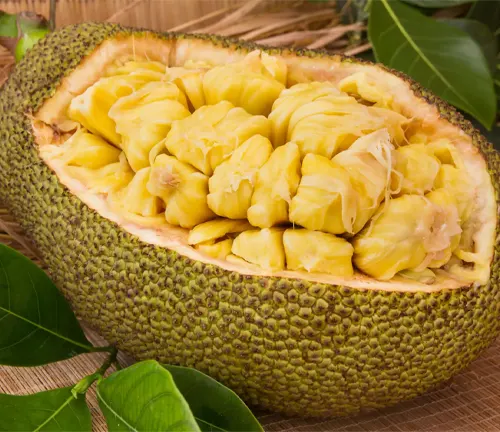
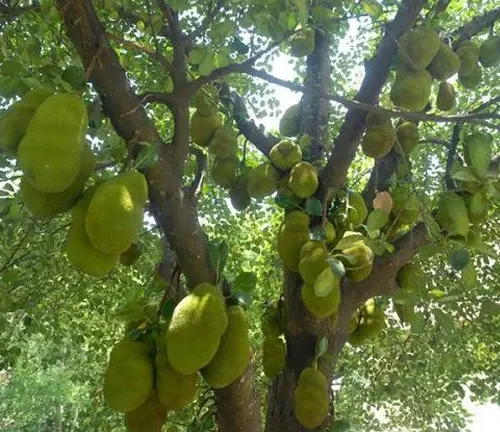
The tree itself is large, evergreen, and can reach heights of 30 to 70 feet. Its leaves are glossy and dark green, providing ample shade in the hot climates where it thrives. Jackfruit trees are dioecious, meaning there are male and female trees, and the fruit develops on the female trees. The jackfruit, often referred to as a “miracle crop,” is not only celebrated for its impressive size but also for its versatility.
The flesh of the ripe jackfruit has a sweet taste, comparable to a mix of mango, banana, and pineapple, making it a popular ingredient in various cuisines. Additionally, the unripe jackfruit is used as a meat substitute in vegetarian and vegan dishes due to its unique fibrous texture. Beyond its culinary uses, various parts of the jackfruit tree, including the leaves, bark, and roots, have been employed in traditional medicine for their potential health benefits. Overall, the Jackfruit tree stands as a symbol of abundance in tropical landscapes, providing not only sustenance but also a range of valuable resources.
| Characteristic | Description |
|---|---|
| Scientific Name | Artocarpus heterophyllus |
| Family | Moraceae |
| Native to | Southwest India |
| Height | 30 to 70 feet |
| Leaves | Large, glossy, dark green leaves |
| Fruit Weight | Up to 80 pounds |
| Fruit Type | Largest fruit that grows on a tree, with a spiky exterior |
| Dioecious | Male and female trees exist; fruit develops on female trees |
| Flowering Season | Varied, depending on the region and climate |
| Flower Type | Small, pale yellow flowers |
| Culinary Use | Ripe fruit has a sweet taste, resembling a mix of mango, banana, and pineapple |
| Versatility | Unripe jackfruit is used as a meat substitute in vegetarian and vegan dishes |
| Additional Uses | Various parts of the tree, including leaves, bark, and roots, have traditional medicinal applications |
| Climate | Thrives in tropical climates |
| Symbolism | Considered a “miracle crop” due to its size and versatility |
Botanical Beauty of Jackfruit Tree

The Jackfruit tree (Artocarpus heterophyllus) stands as a botanical marvel, captivating with its towering presence and lush, glossy foliage. Native to the enchanting landscapes of southwest India, this majestic tree boasts an evergreen canopy that reaches heights of 30 to 70 feet. The leaves, large and dark green, contribute to the tree’s aesthetic appeal, creating a striking contrast against the tropical sky. As a testament to nature’s artistry, the Jackfruit tree exemplifies botanical beauty through its form and foliage.
Woodland Elegance
In the heart of lush woodlands, the Jackfruit tree reigns with woodland elegance. Its robust trunk and sprawling branches create a majestic silhouette, providing shade and shelter to the diverse flora and fauna that inhabit the tropical regions it calls home. The tree’s presence in the woodland ecosystem adds a touch of grandeur, harmonizing with the natural elements and contributing to the overall biodiversity of its habitat.
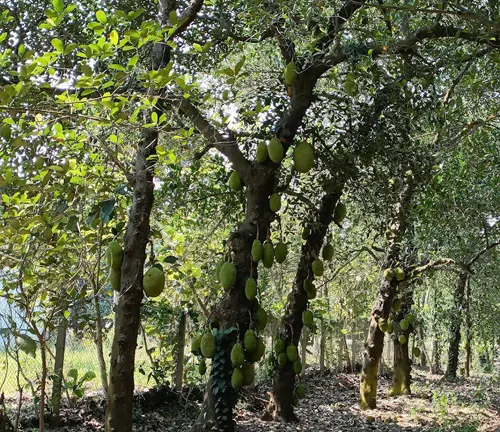
Ecological Importance
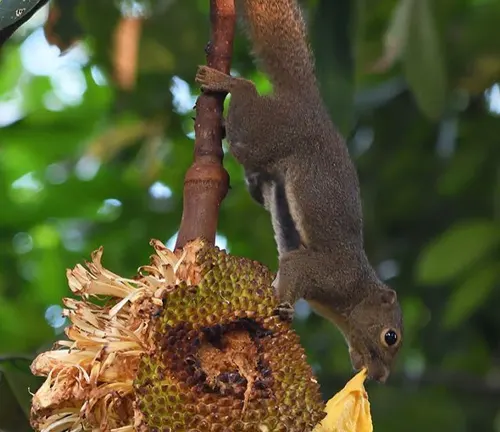
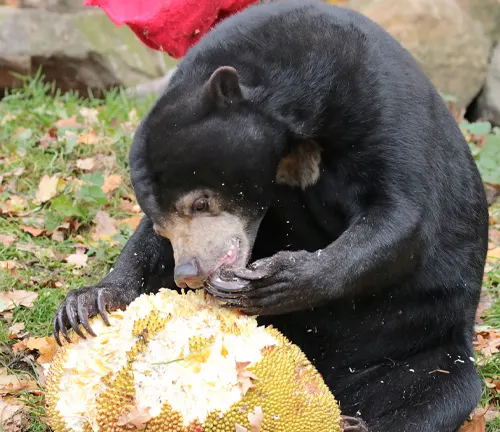
Beyond its aesthetic allure, the Jackfruit tree holds ecological significance. As a native species in tropical ecosystems, it plays a crucial role in supporting biodiversity. The large, sturdy branches provide nesting sites for birds, while the fallen leaves contribute to nutrient cycling on the forest floor. The Jackfruit tree, with its ecological contributions, stands as a guardian of biodiversity in its native habitats.
Cultivation and Conservation
Cultivating the Jackfruit tree is not just about reaping its bountiful harvest but also ensuring the conservation of a species with cultural and economic importance. Farmers across tropical regions nurture these trees, recognizing their value in providing sustenance, shade, and economic opportunities. Conservation efforts are underway to protect the genetic diversity of Jackfruit trees, preserving their resilience and ensuring a sustainable future for this remarkable species.
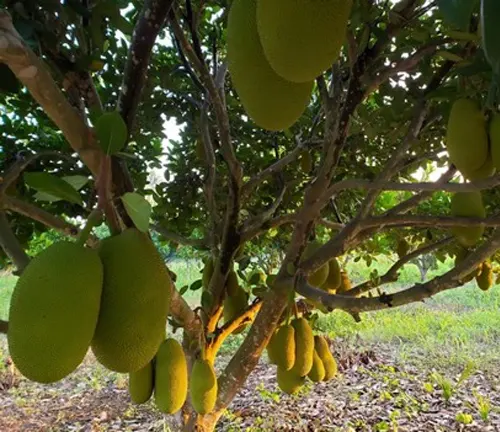
Fragrance
As spring arrives, the Jackfruit tree adorns itself with small, pale yellow flowers that emit a subtle yet enchanting fragrance. The delicate aroma fills the air, attracting pollinators such as bees and butterflies. This aromatic spectacle adds a sensory dimension to the tree’s already captivating presence, turning the surroundings into a fragrant haven.
Soil Stabilization
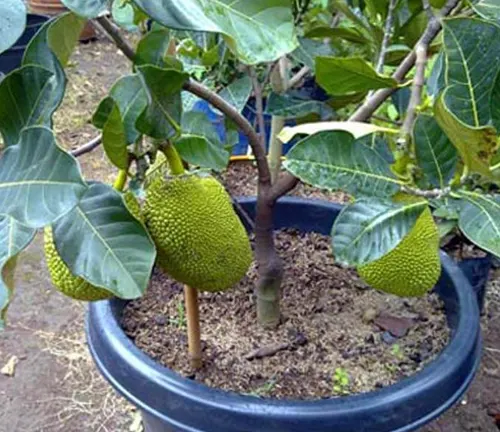
The Jackfruit tree goes beyond beauty and fragrance; it is a silent contributor to soil stabilization. Its extensive root system helps prevent soil erosion, anchoring the tree firmly in the ground. This characteristic makes the Jackfruit tree a valuable ally in regions prone to heavy rainfall, where erosion control is essential for maintaining the health of the soil.
Common Uses
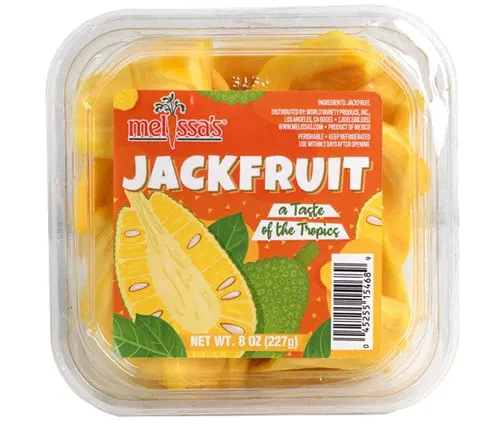
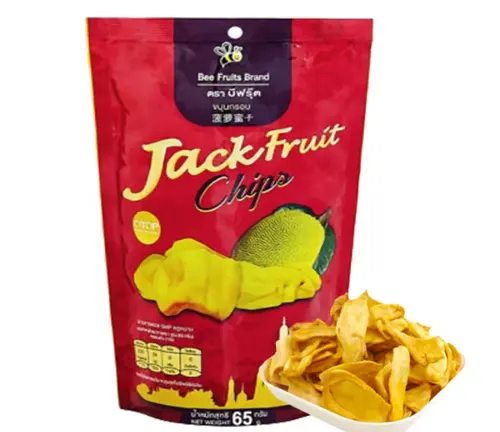
The jackfruit, the crown jewel of this majestic tree, is renowned for its sheer size and versatility. When ripe, its golden, spiky exterior reveals a treasure trove of sweet, flavorful flesh. Unripe jackfruit, with its fibrous texture, serves as a meat substitute in various culinary delights, making it a favorite among vegetarians and vegans. From curries to desserts, the jackfruit’s uses in the kitchen are as diverse as the tree itself.
Benefits
The Jackfruit tree is not only a source of delicious and nutritious fruit but also a provider of various benefits. Beyond its culinary uses, different parts of the tree, including leaves, bark, and roots, have been traditionally used for their medicinal properties. The jackfruit, hailed as a “miracle crop,” continues to offer economic opportunities, environmental benefits, and a rich tapestry of cultural significance.
Different Species
Artocarpus heterophyllus
(Jackfruit)
This is the most common and widely cultivated species of jackfruit. It produces the iconic large fruits with sweet, fleshy bulbs. The tree is known for its large size, glossy leaves, and the ability to thrive in tropical climates.
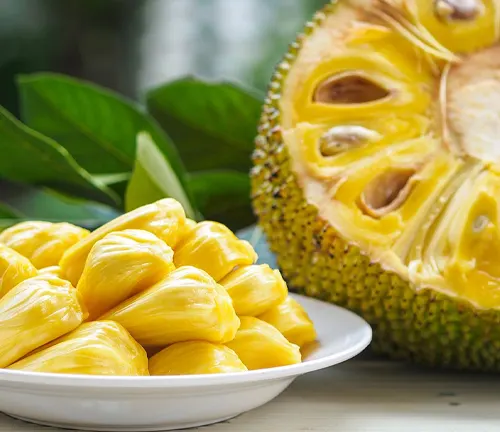
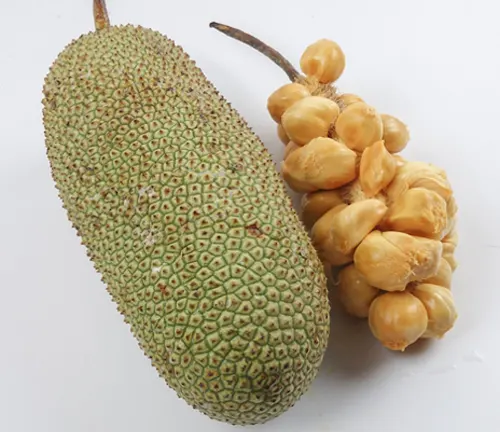
Artocarpus integer
(Chempedak)
Native to Malaysia, Indonesia, and the Philippines, the chempedak is closely related to the jackfruit. It produces smaller fruits than the jackfruit, and its flesh is often used in culinary applications similar to jackfruit.
Artocarpus odoratissimus
(Marang)
Indigenous to the Philippines, the marang is another close relative of the jackfruit. It produces round, spiky fruits with sweet and creamy flesh. Marang trees are valued for their fruit, which is a delicacy in many Southeast Asian countries.
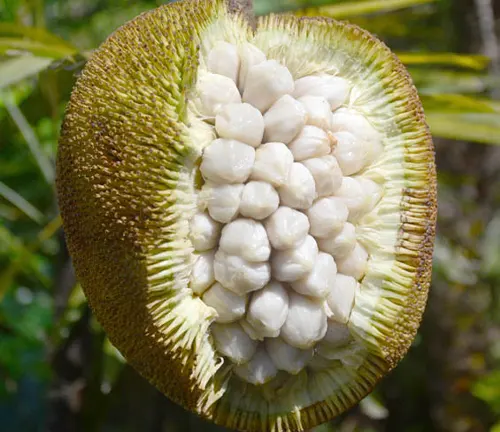
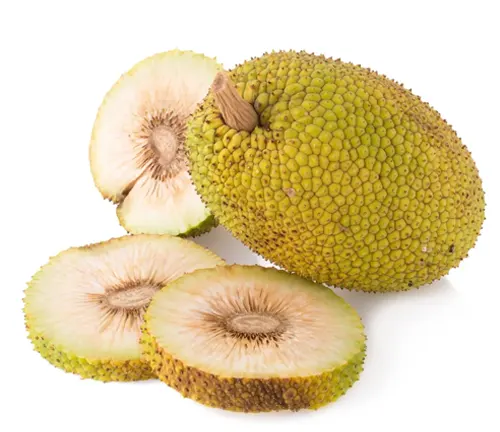
Artocarpus altilis
(Breadfruit)
Although not the same as jackfruit, breadfruit belongs to the same genus, Artocarpus. Native to the South Pacific, breadfruit produces large, starchy fruits that are cooked and eaten in various ways. It is an essential food source in many tropical regions.
Artocarpus camansi
(Breadnut)
Also known as the breadnut or Maya nut, this species is native to tropical regions of the Americas. The breadnut tree produces small, green, spiky fruits with edible seeds. It is cultivated for its nutritional value and versatile culinary uses.
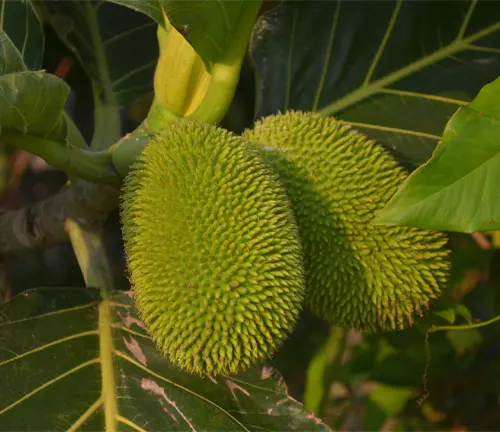
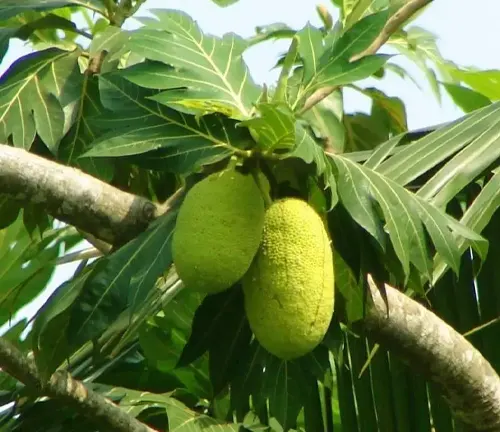
Artocarpus blancoi
(Tipolo)
Found in the Philippines, the tipolo tree produces small, green, spherical fruits. The fruit has a unique texture and taste, and it is often consumed locally. The tipolo tree is valued for its timber as well.
Artocarpus sericicarpus
(Pedalai)
Native to Malaysia and Indonesia, pedalai produces elongated, green fruits with a unique taste. The tree is appreciated for its fruit and is also used in traditional medicine.
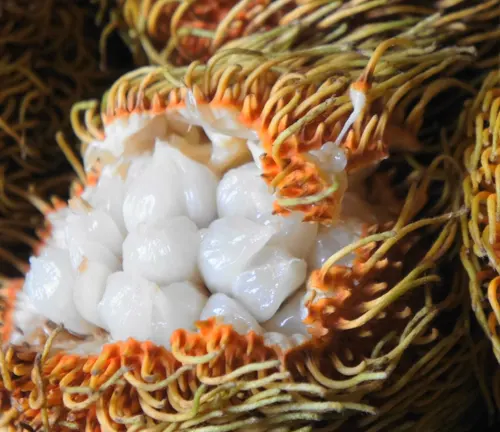
Frequently Asked Questions (FAQs)
- What is a Jackfruit tree?
The Jackfruit tree (Artocarpus heterophyllus) is a tropical tree known for producing the largest fruit of all trees, commonly referred to as jackfruit. It is native to southwest India and widely cultivated in tropical regions worldwide. - How tall does a Jackfruit tree grow?
Jackfruit trees can reach heights of 30 to 70 feet, creating a large and evergreen canopy. - Is the Jackfruit tree evergreen?
Yes, the Jackfruit tree is an evergreen tree, meaning it retains its leaves throughout the year. - What does the Jackfruit fruit look like?
The jackfruit is a large fruit with a spiky green or yellow exterior. When opened, it reveals golden-yellow, sweet, and fleshy bulbs. - Is the Jackfruit tree grown for its wood?
While the primary focus is on the fruit, the wood of the Jackfruit tree is also used for various purposes, including construction and furniture. - How does the Jackfruit tree contribute to the environment?
The Jackfruit tree contributes to the environment by providing shade, preventing soil erosion with its extensive root system, and supporting biodiversity in its native habitat. - Are there different varieties of Jackfruit?
Yes, there are different varieties and related species of jackfruit, including chempedak, marang, breadfruit, and more, each with unique characteristics. - Can you eat the leaves or other parts of the Jackfruit tree?
In some cultures, young jackfruit leaves are used in culinary preparations. Additionally, various parts of the tree, such as the bark and roots, have traditional medicinal uses. - How do you cultivate Jackfruit trees?
Jackfruit trees are typically grown from seeds. They thrive in tropical climates and require well-drained soil. Regular watering and proper care contribute to successful cultivation. - What are the culinary uses of Jackfruit?
The ripe jackfruit has a sweet taste and is used in a variety of dishes, including desserts and curries. Unripe jackfruit has a fibrous texture and is used as a meat substitute in vegetarian and vegan recipes. - Are there any health benefits associated with Jackfruit?
Jackfruit is rich in nutrients, including fiber, potassium, and vitamin C. Some traditional medicine practices use different parts of the tree for their potential health benefits. - Is Jackfruit considered a sustainable crop?
Yes, Jackfruit is often considered a sustainable crop due to its ability to thrive in diverse climates, its versatility in culinary applications, and its various uses beyond just the fruit.


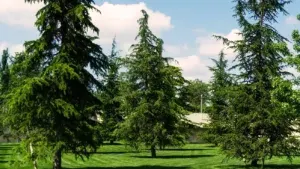

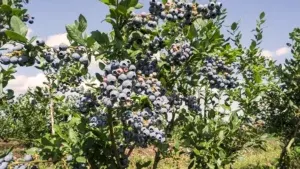
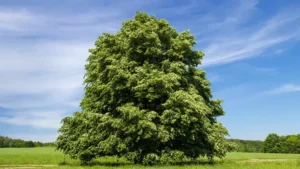

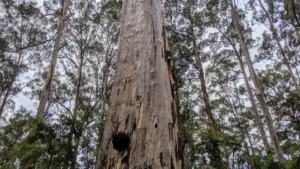

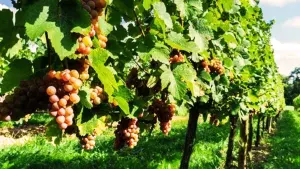
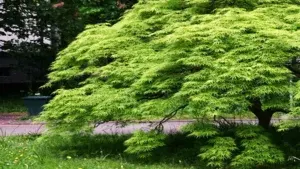



Leave your comment